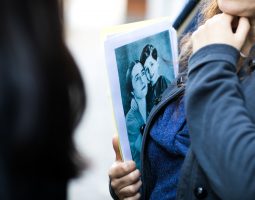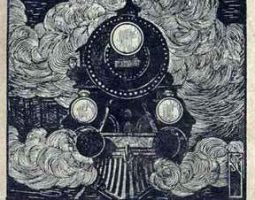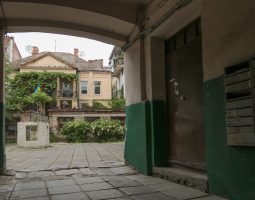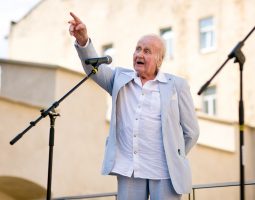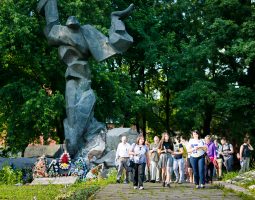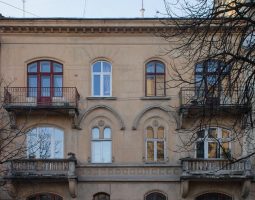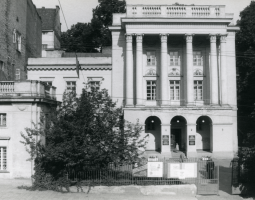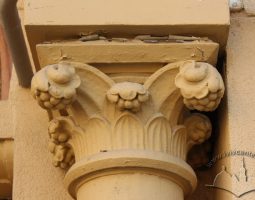The format of city walks allowed us to engage different audiences within the urban space and search for new ways to tell stories that were missing or to approach known stories from a different angle. The public space of the city is treated as a subject allowing us to explore a variety of subjects through the city, and the city through the topic. They help to learn to "read" the streets and the structure of the city, to discover the history of the place, to identify contested senses of places, to develop a narrative of the walk by combining the past and the present, to highlight the connections between the narrative and the space, and to give citizens new perspectives of expressing their experiences.
Our initial attempts to explore the potential of city walks began literally on the doorsteps of the building we work in: Bohomoltsia 6. The project reflected the history of the street that represents various, overlapping and contested narratives of the 20th century. Based on the oral history and architectural research for “Lviv Interactive” the city walk invited visitors to explore relations between architecture, politics, and daily life. Similar to Bohomoltsia street, specific urban spaces, buildings or structures can be subjects of city walks.
A further push in developing city walks came from the summer schools in Jewish history and heritage as well as our public history discussion series “Jewish Days in the City Hall.” Thus, in 2016 participants of the summer school developed three city walks focusing on vibrancy and tensions of cultural life in the city before the Second World War, the stories of destruction of the Jewish inhabitants of the city, and the memory of the Holocaust.
City walks are often developed in connection with our digital projects, exhibitions, and research projects. Our digital project “Lviv Interactive” became both a site for exploring the online capacities of walking the city in storymaps and an inspiration to go offline and explore actual urban spaces based on the research for Lviv Interactive. Thus, the literary milieus of the city in 1939 became a topic for one of the city walks and a focus of a digital project. The story of the Chiger family and surviving in Lviv sewages during the Holocaust was the basis of a city walk developed as a part of the exhibition and available online as a storymap. The story of creative milieus in late Soviet and post-Soviet Lviv was developed on the basis of our oral history Urban Stories collection of the Urban Media Archive. A series of city walks dealing with complex and contested histories of the Second World War and occupation in the city of Lviv were developed as a part of the ReHerit project specifically for the audience of city guides. Also, a part of the ReHerit, citywalking was a format to explore multiple layers of the history of Uman, a major center of Hasidic pilgrimage globally.
However diverse in topics and in their connectedness to other projects, citywalking proved to be one of the most inspiring ways of working with and through the spaces of specific cities.
